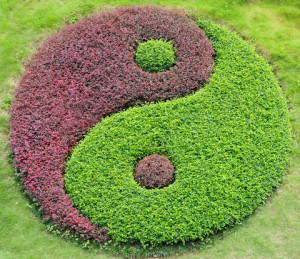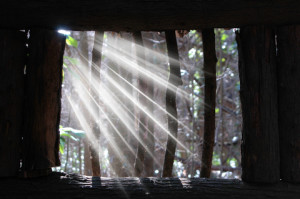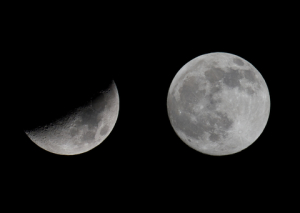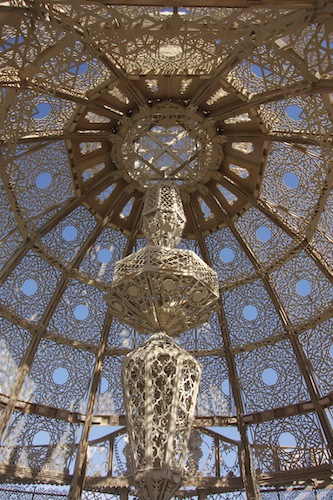“The human species thinks in metaphors and learns through stories.”
Mary Catherine Bateson

—————————————————————————————————————-
“Have you watched that show?” “The character had a miscarriage and her whole family reacted like it mattered.”
“There was an article in the paper about someone who had a similar type of loss as mine– I’m glad that the topic is getting some attention.”
“Reading that book was powerful— her story was different from mine but I had the same feelings she did.”
——————————————————————————————————————-
My friend John is a movie buff. During a conversation a few months ago, he encouraged me to see Roma on the biggest screen possible because the location and style of filming are so stunning. Although it was playing in a nearby theater, I watched it instead on my laptop, reminding myself as I started that I could slam the screen down at any time.
The part I was worried about getting through was the frank depiction of a stillbirth, first pointed out to me in an email from a past leader of neonatal loss groups. She had loved the film but also wanted to give people a trigger warning about the content. I believe that such warnings can be very helpful in minimizing or avoiding trauma through re-exposure and can also just give information that guides us in deciding what we are up for viewing. I’ve found it useful at times to know something about what’s in a film and to make a decision about whether I want to watch it at all and, if so, when and under what circumstances.
Of course, most of life doesn’t come with warning labels. We may feel great pain watching a commercial, driving past a hospital or hearing someone being called our baby’s name. Our movements through the world are going to take us into difficult feelings, despite our best efforts. It makes sense for us to take care of ourselves as well as we can, including protecting ourselves when we have the ability and need to do so.
I’m pretty sure that I wouldn’t have wanted to see Roma in the early months, maybe years, after my losses. I remember being cautious about what I saw and how strong my reactions were when I went outside my comfort zone. I also recall when members of the pregnancy loss group that I led spoke about how affected they were when watching the kid movies Finding Nemo and Up because of their themes of loss. Even the stories that are designed for children may not feel safe enough.
In considering Roma though, I felt pulled toward both the story and a scene with a version of baby loss that so many people were viewing. I wanted to know if I would see some reflection of myself or maybe of others I’ve known. I wanted to see if there would be meaning for me or if I would just need to pull away.
I didn’t end up slamming down my computer screen or fast forwarding through the stillbirth scene. I couldn’t even look away, although I somehow don’t think I saw everything. It was gut wrenching, heartbreaking, and I can see why some in the loss community wanted to be given a heads up about what was coming or for the scene to be different. I’m also glad I saw it.
I certainly felt a lot of emotion watching Roma, just as I have when watching other movies or shows involving a pregnancy or infant loss. But after the repeated holding of my breath and crying throughout the very long scene in question and then sitting through the rest of the movie, I felt strangely calm. For me, seeing a realistic depiction of loss from the outside made something inside me feel a bit more revealed and settled.
It strikes me that, similar to warning labels, life doesn’t always come with healing labels either. I’ve had people tell me about TV shows, movies, articles, books and other information floating around in the world that resonated with them emotionally and provided some relief from feeling isolated in their experience. Sometimes stories give us hope, deeper understanding or connection with another. They may give us some of the solace that we seek.
This is absolutely not a recommendation for anyone to expose themselves to provocative and upsetting material, only acknowledging that between people and even within the course of an individual life, what is distressing or helpful may vary. It is also an invitation to consider that since so many images and stories are offered to us on a daily basis, we might want to bring awareness to the types of information on baby loss that’s out there and see if any of it is right for us.
When others take on the subject of perinatal loss, whether in popular culture, clinical material and, in some cases, politics or news, it invites us to glance at our memories. It can be another way to look at and maybe integrate our loss into our lives a bit more as we see it from yet another place in time or point of view. Grief is a long road, with lots of opportunities to see part of our inner experience mirrored and distilled.
As a society, it seems that we’re showing more interest in going to these places than we did in the past. We see miscarriage, stillbirth and other types of neonatal loss shown as an impactful and real life event in our more recent television (This is Us), movies (Return to Zero, Don’t Talk About the Baby), and memoirs that give us first person reports (The Rules Do Not Apply by Ariel Levy and Poor Your Soul by Mira Pticin). On the road more irreverently traveled, occasionally someone tells their story with humor firmly intertwined with the pain as with Monica Murphy Lemoine’s Knocked Up, Knocked Down.
Some books on pregnancy and infant loss have been clinical, and they explain and speak to a relevant part of the journey, often including instructive and meaningful case examples that may speak to us. Coming from a different angle, articles on the racial disparities of perinatal outcomes have been informing us that African-American women experience miscarriage, stillbirth, preterm birth and infant death at a significantly higher rate than white women in our country. These pieces sound an alarm about our need to better understand medical and social factors that contribute to these tragedies. For many people, the articles may resonate with their own medical past and emotional pain.
Some writing on baby loss includes poetry, which may feel appropriate and useful for describing some of the “beyondness” of something bigger and more awful than our daily range of experience. In a time where we may feel at a loss for words, this type of writing may provide comfort and way to describe and more fully understand our experience of baby loss.
The proliferation of blogs has also included significant contributions as well. Writers in this medium offer individual versions of miscarriage, stillbirth, loss due to prenatal diagnosis and infant death, often with an unvarnished presentation of the shorter and longer term experience of living after these losses. In addition to the many individual blogs, Still Standing is a site devoted to writings about child (and perinatal) loss and the overlapping topic of infertility. The site Modern Loss has a section just for miscarriage and stillbirth. In our time of the “Me Too” movement and social media, it seems fitting that we have more immediate and overt ways of stating what previously was often kept hidden or minimized. One way or another, our stories are coming out.
This week I finished reading The Snow Child by Eowyn Ivey, a novel that is and isn’t about pregnancy loss. Like certain moments in watching something on a screen or hearing a conversation, it moved something in me related to grief. It’s set in a rural Alaskan landscape of the 1920s, a world far removed from mine. The story seemed full of cycles, and reminded me of how many times in our lives, voluntarily and by accident, we turn toward and away from memories and feelings about our loss. Ivey’s description of bereavement in harsh and beautiful circumstances was quite vivid, and I think it will stay with me for a long time.




 “It gets better.”
“It gets better.”